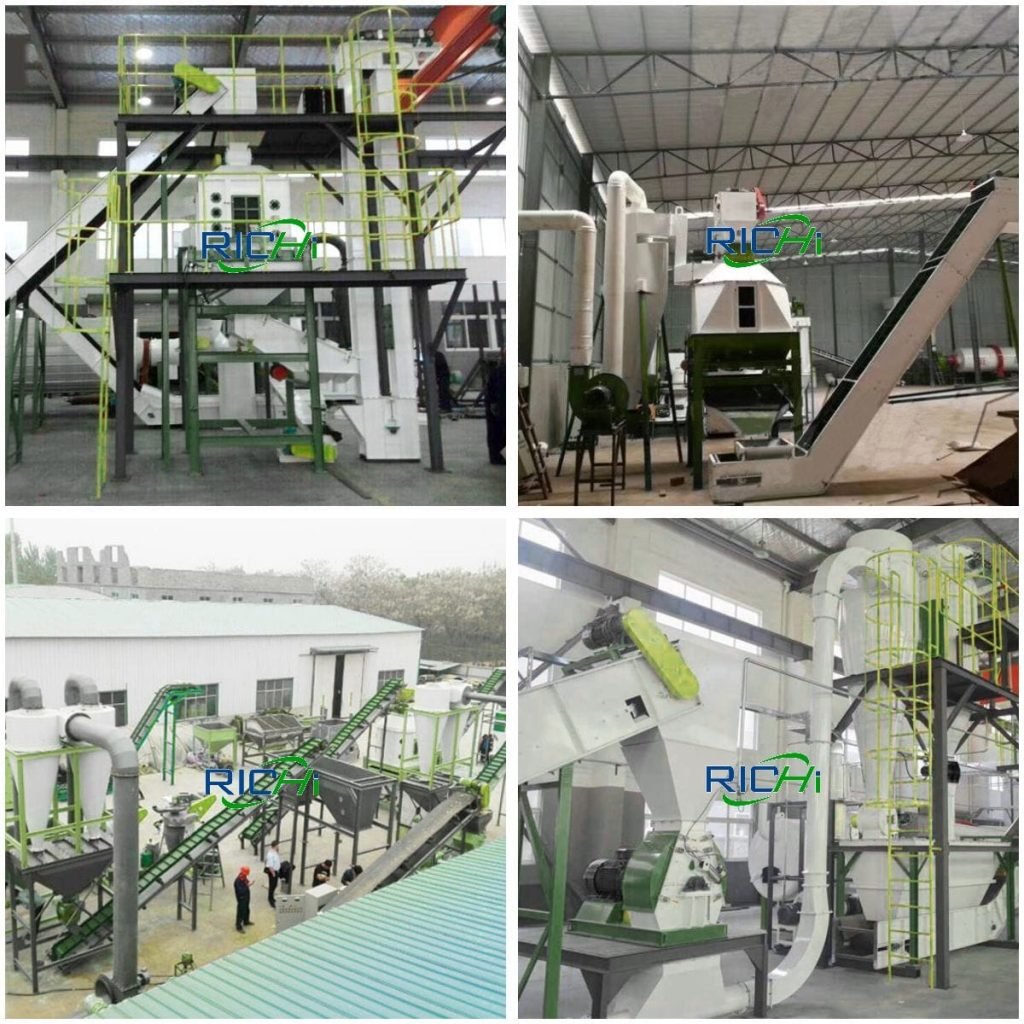Moisture content is a crucial factor that determines the quality of biomass pellets. It is vital to control the moisture content of the pellets produced by a biomass pellet mill to ensure their optimal performance. In this article, we will discuss what the moisture content of pellets produced by a biomass pellet mill is, why it is important, and how to maintain the ideal moisture content.
What is the moisture content of pellets produced by a biomass pellet mill?
The moisture content of pellets produced by a biomass pellet mill refers to the amount of water present in the pellets. The ideal moisture content varies depending on the type of biomass used, the pellet mill’s design, and the end-use of the pellets.

Related post: biomass pelletizing plant
In general, the moisture content of pellets should be between 8% and 12%. If the moisture content is too low, the pellets will be brittle and break easily. On the other hand, if the moisture content is too high, the pellets will be soft and have a higher risk of mold growth.
Why is it important to control the moisture content of biomass pellets?
The moisture content of biomass pellets affects their durability, energy efficiency, and combustion performance. If the pellets’ moisture content is too high, the heat generated during combustion will be used to evaporate the excess water, leading to lower efficiency and higher emissions. Additionally, high moisture content can cause the pellets to break down and form clumps, reducing their durability and potentially damaging the pellet stove or boiler.
Related post:https://www.richipelletmachine.com/biomass-pelletizing-plant/
How to maintain the ideal moisture content of biomass pellets?
Maintaining the ideal moisture content of biomass pellets requires careful attention to several factors. Here are some tips to help you ensure that your pellets have the correct moisture content:
1.Use high-quality raw materials: The moisture content of biomass pellets depends heavily on the moisture content of the raw materials. Using dry, clean, and uniform materials can help ensure a consistent moisture content in the final product.

2.Control the drying process: Drying is an essential step in the production of biomass pellets. The drying process should be carefully controlled to ensure that the pellets reach the ideal moisture content. A moisture meter can help you monitor the moisture content of the pellets during the drying process.
3.Store the pellets properly: After production, the pellets should be stored in a dry and cool place. If the pellets are exposed to moisture, their moisture content can increase, affecting their quality and performance.
4.Test the moisture content regularly: Regular testing of the moisture content of the pellets can help you identify any deviations from the ideal moisture content and take corrective actions promptly.
Conclusion
The moisture content of pellets produced by a biomass pellet mill is a crucial factor that affects their quality and performance. Maintaining the ideal moisture content requires careful attention to several factors, including the quality of raw materials, the drying process, proper storage, and regular testing. By following these tips, you can ensure that your biomass pellets have the correct moisture content, leading to optimal performance and energy efficiency.
For details please contact: pelletizer
WhatsApp:86 138 3838 9622
Email:enquiry@richipelletmachine.com
